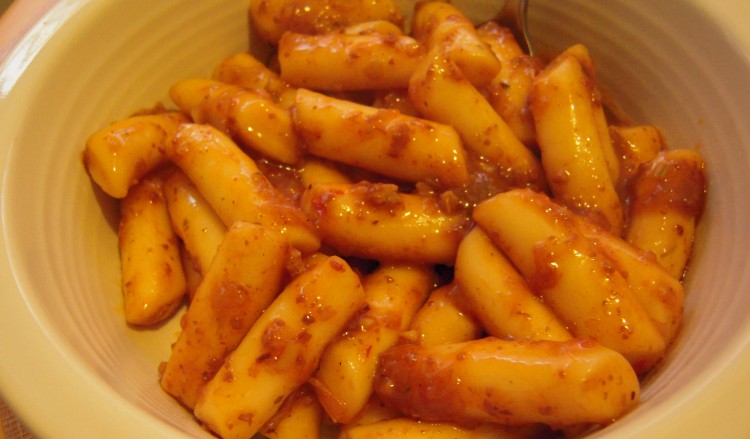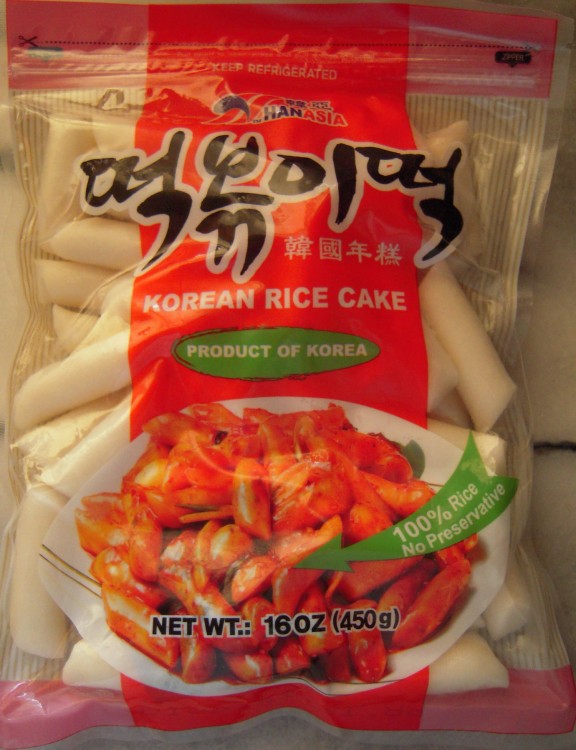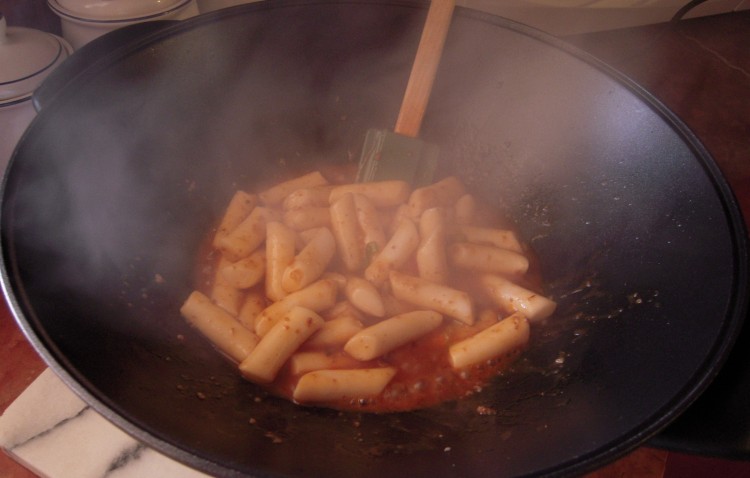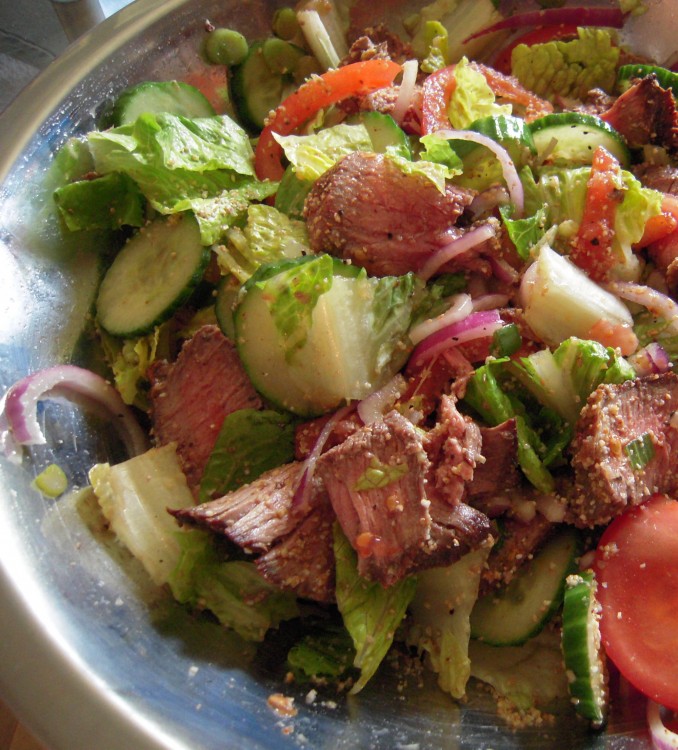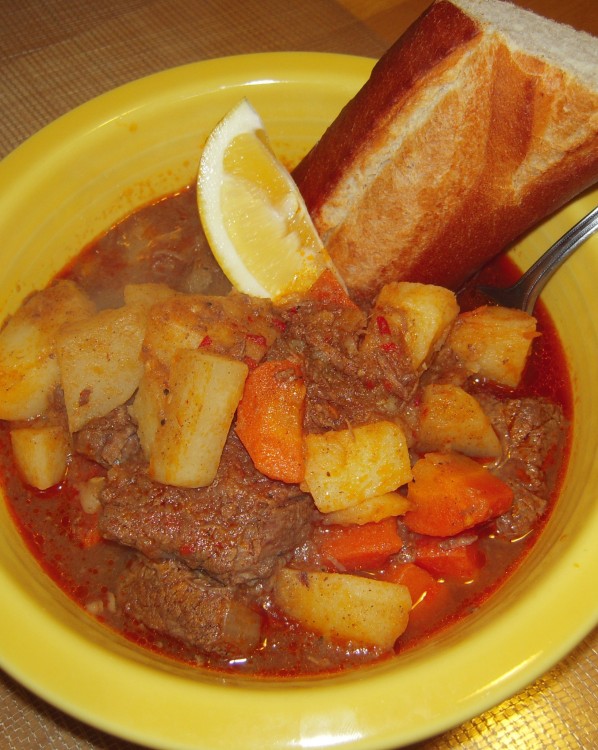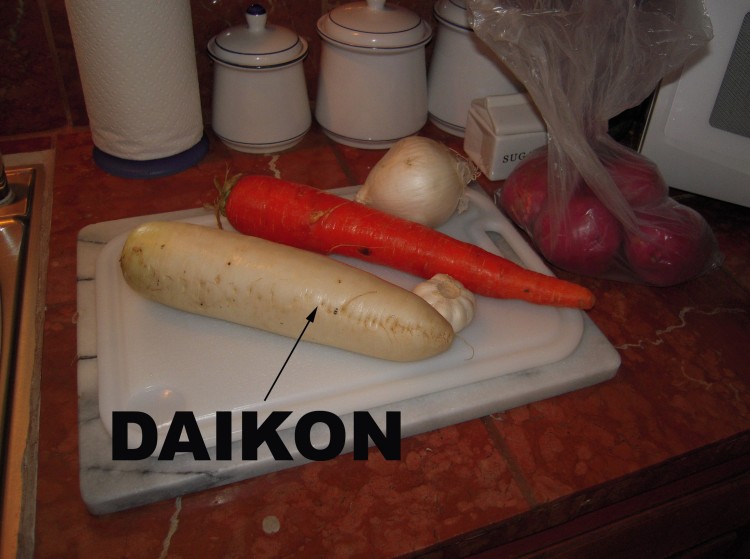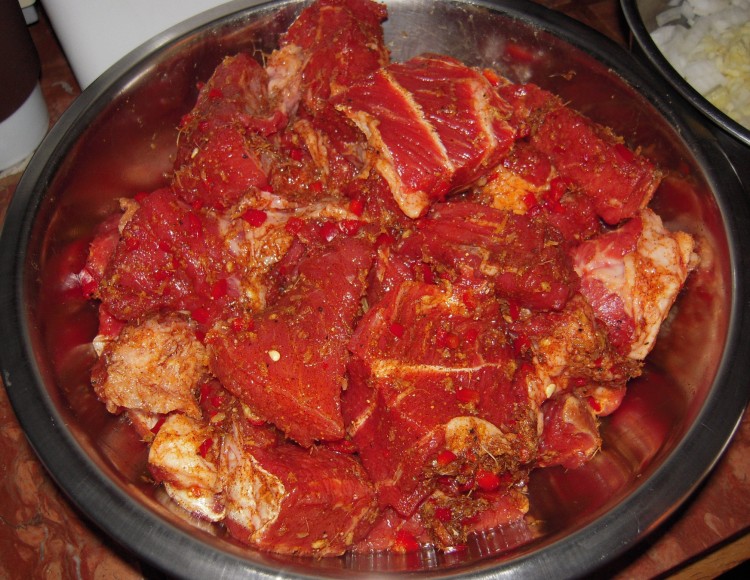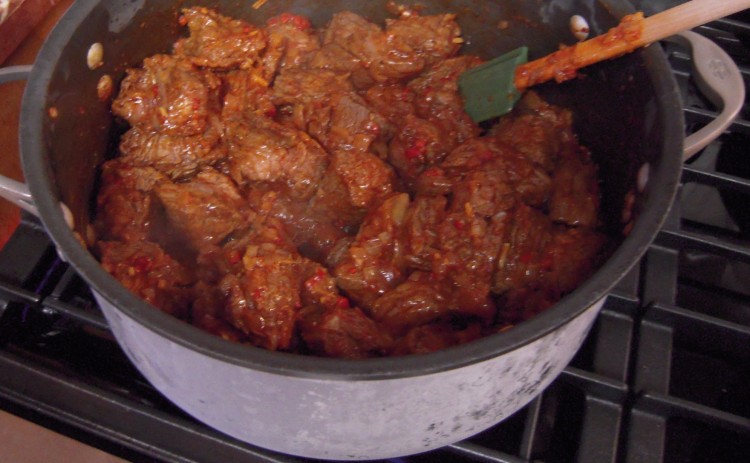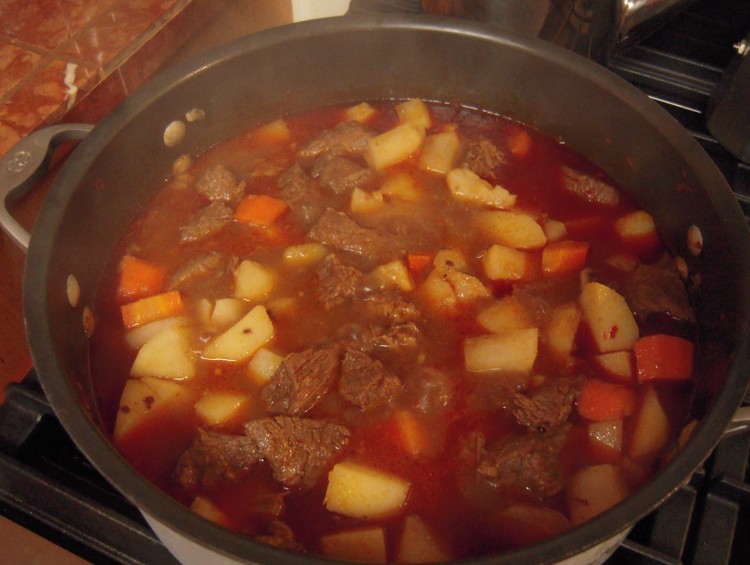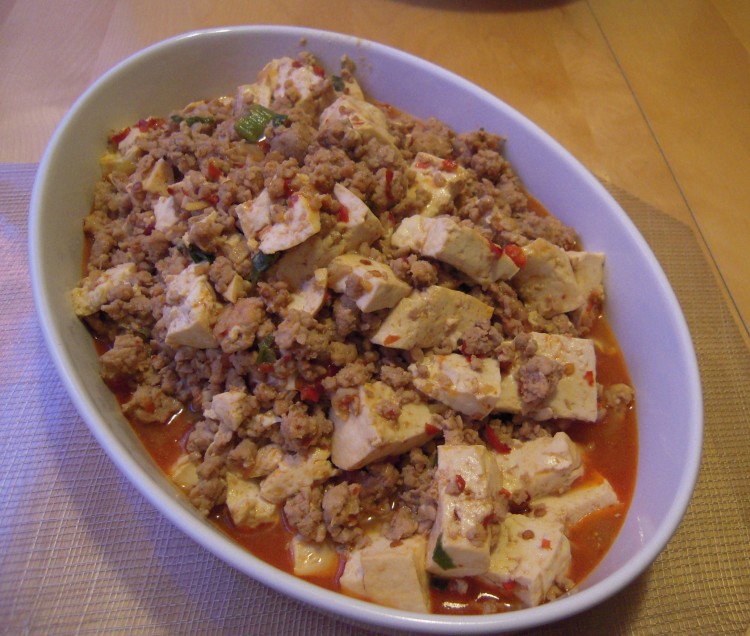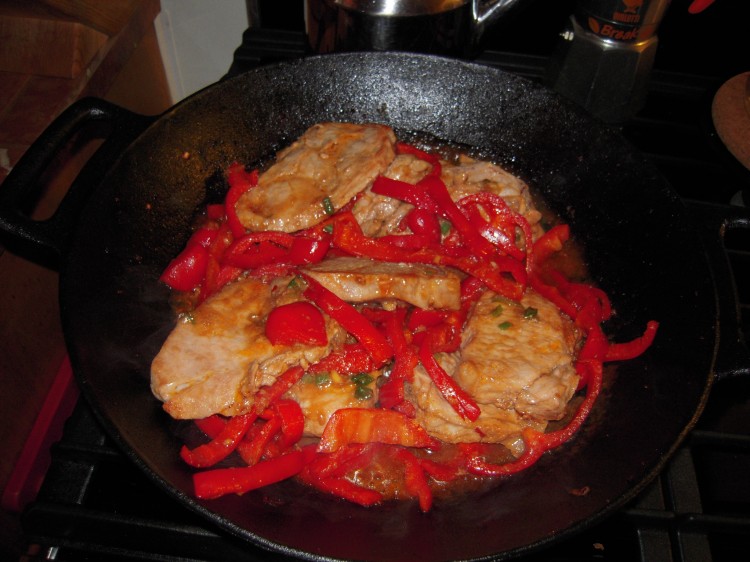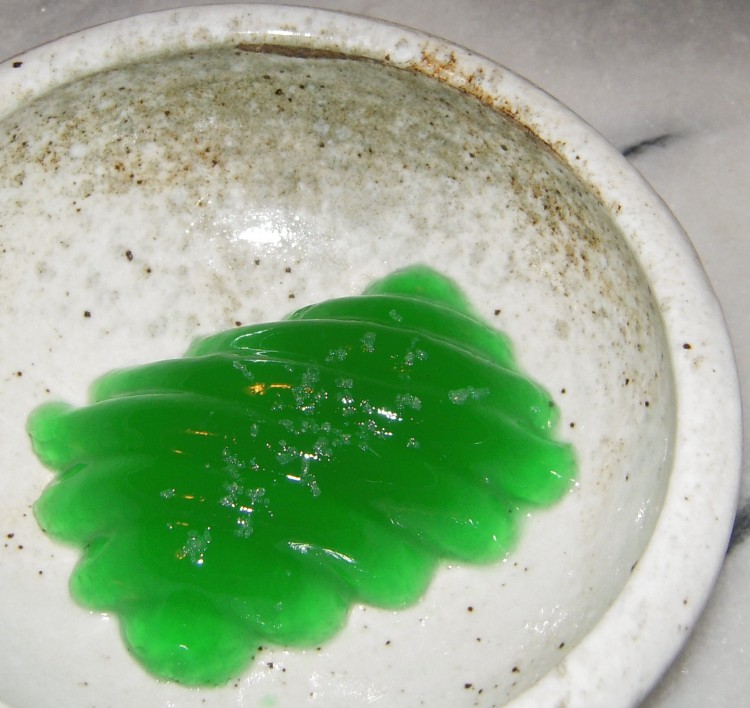
A bumper crop of limes in my backyard when winter came to an end had me thinking of ways to employ them.
I do quite a bit of Thai and Vietnamese cooking, so having limes handy makes sense. There’s one dwarf Bearss and one dwarf Mexican – both terrific producers. The Bearss gives me large, seedless, regular old limes, and the Mexican, small, thin-skinned, sour fruit. Both are in wide, deep containers. They get plenty of sun, I water them regularly during the summer, and I stay on top of the fertilizer situation, which is key, particularly the nitrogen.
If you live in the East Bay, I encourage you to plant a little citrus orchard, even if you need to do it with containers. Get yourself these two lime trees, a Eureka lemon, a Meyer lemon, and perhaps a Kaffir lime, depending upon what you like to cook. I also have a Calamansi, a hybrid native to Southeast Asia and very popular in the Philippines, that I’ll talk about in another post, but it does not do quite as well in non-tropical climates. Keep your trees in the same vicinity for pollination.
So, what to do with all these limes?
My son, now 23, is always clamoring for some kind of fruit-flavored gelatin. If it’s fluorescent, so much the better.
Not a problem, as I am never without a large canister of Knox unflavored gelatin. Why? I admit to being a fan of terrines, molds and aspics. In fact, I’m all about the whole garde manger (cold foods) thing. While I put together numerous roasted vegetable terrines in my day, I have no problem busting out some sort of crazy thing from the salad section of a 1958 American cookbook. The more retro and scarier the better. Why not? It’s a hoot when you present your friends with a dessert that involves Jell-O, mayonnaise and shredded carrots in 5 colorful layers.
This time I thought I’d use my 1940’s-era metal aspic molds for little lime gelatins, and then top them with a sprinkling of fleur de sel – the cream of the sea salt crop. The salt idea came from my fondness for Thai lime drink, which is a little salty.
I made the little ones as a kind of palate cleanser, and several custard cup-sized versions without salt to serve to my son in lieu of packaged Jello-O.
If you find it too sour or sweet, adjust the recipe. Note, however, that a reduction in total liquid volume will require an adjustment in the amount of dry gelatin needed.
I would be surprised if you think this recipe is not sour enough, though, as I was generous with the ratio of lime juice! That said, I don’t know what kind of limes you’re using.
The bottom “lime”: Please make your own gelatin desserts using unflavored gelatin and fruit juice. You’ll save money and be able to control the sugar. Buy a large container of Knox brand at a store that serves the restaurant trade, like Smart & Final.
Lime Gelatin with Fleur de Sel
1 Tablespoon Knox, dry, unflavored gelatin
1/2 cup cold water
3/4 cup fresh lime juice
3/4 cup boiling water
1/2 cup sugar
Green food coloring
Fleur de Sel
1). Stir dry gelatin into the 1/2 cup cold water and allow to bloom for 10 minutes
2). Combine boiling water and sugar thoroughly in a glass bowl (I use a tempered glass pitcher – easier to pour from)
3). Stir in bloomed gelatin until completely dissolved
4). Stir in lime juice
5). Add a little food coloring; make it as green as you like
6). Pour into molds and place in fridge
7). Unmold when very firm (dip bottom in hot water for a second if it sticks) onto small serving plate
8). Sprinkle a very small amount of salt on the top right before you serve

